A third of food in the developed world is never eaten. When all that food goes to the landfill, along with what we put out in our garbage, it breaks down anaerobically (without oxygen), creating methane gas that is 30 times more powerful as a greenhouse gas than CO2. Luckily, there are many different ways we can all compost, even if we aren’t gardeners.
Here I explore some of the ways we can compost for urban living. As an Amazon Associate I earn from qualifying purchases, other affiliate links are also provided in this article but it does not affect the quality of my recommendations.
Outdoor ‘composting’ Without a Garden
If you have some outdoor space and have no need for the compost itself, a green cone might be what you are looking for. What is great about the green cone is its versatility. You can add cooked food, uncooked food and even small amounts of pet waste.
For your green cone to work the area it is installed in should have good drainage and lots of sunlight.
The green cone is a digester, not a composter. When the sun hits the outer walls of the cone it heats up the air inside encouraging bacteria to grow. These bacteria, along with the microorganisms and earthworms in the soil, break down the waste. Most of the waste added to the green cone will break down to water and carbon dioxide.
In the colder months, organic waste will take longer to be converted into water and carbon dioxide. If your waste isn’t breaking down as quickly as you would like, adding some microbes to speed up the process should help.
Outdoor Composting With a Garden
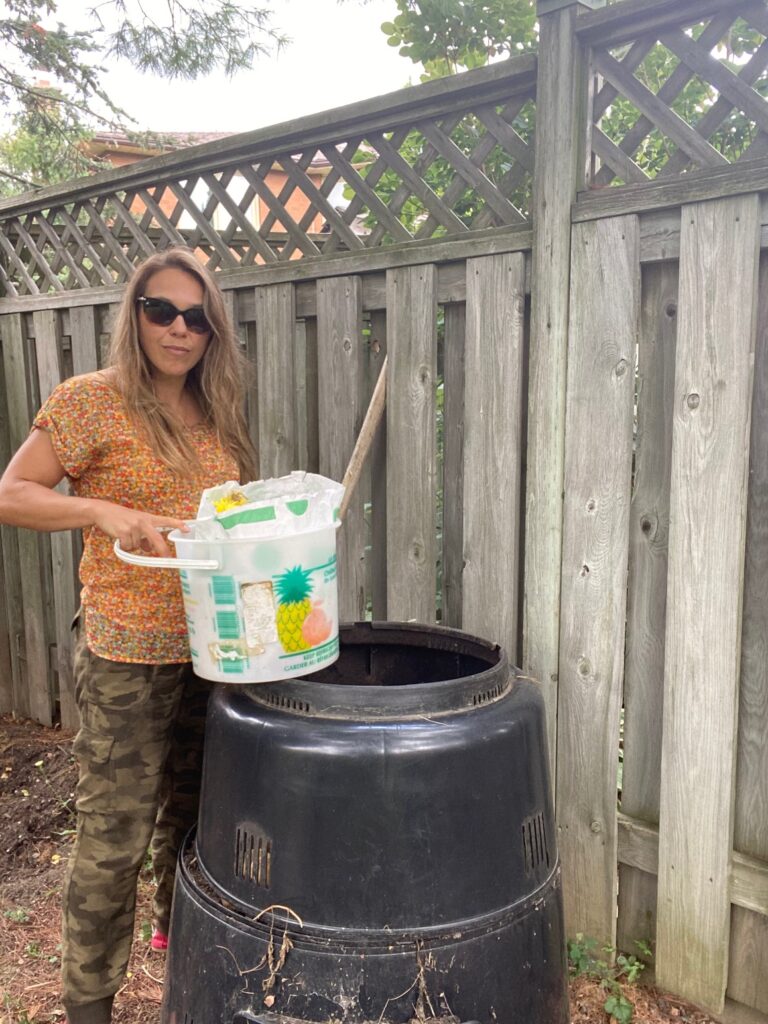
Compost Tumblers are a great addition to a small home garden. When choosing a tumbler, choose one that has 2 compartments. That way one side can continue to be filled while the other is going through the various composting stages.
The best thing about this system is that you get great compost to use in the garden. However, it does require more management than the green cone. When managing your tumbler
- You have to put the right amount of brown and green materials,
- You should turn the bin at least once a week, and
- You shouldn’t put any meat, dairy or cooked food in your tumbler.
Composting with Worms in the Garden
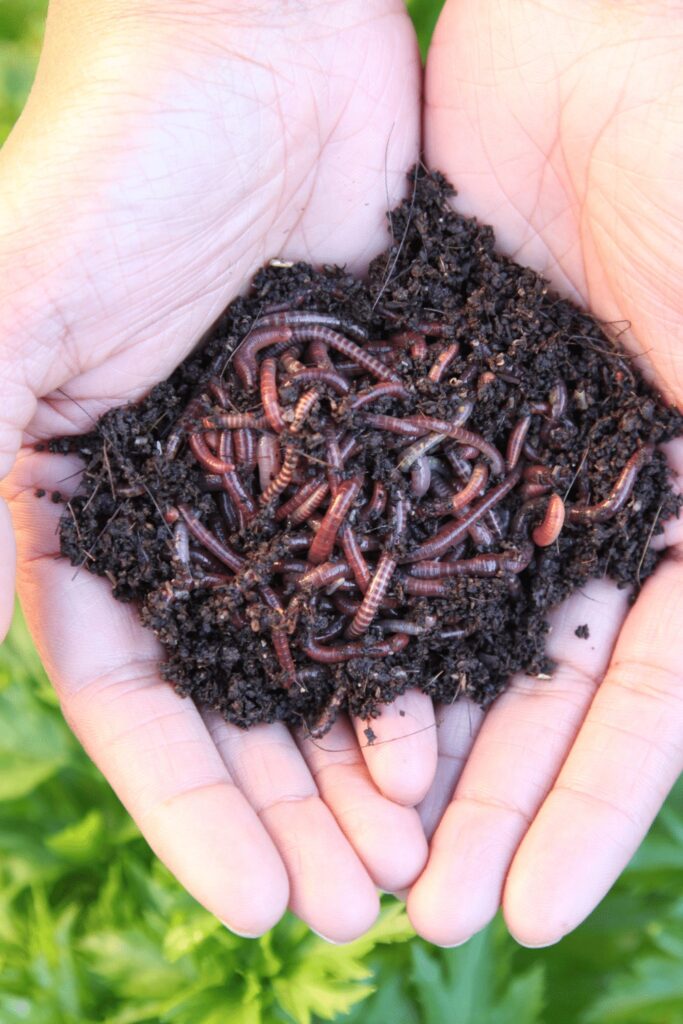
Worms are an important indicator of soil health and a great benefit to your garden. The earthworm is known as a farmer’s best friend because of the work they do under the soil’s surface. Earthworms don’t just aerate the soil, they also break down organic matter in the soil. The bacteria in their gut also add to the beneficial microbes in the soil itself.
Using a worm farm that is in the soil is a great way to increase the number of worms in your garden. You can bury a sub pod right into your garden bed and feed the worms one side at a time. The subpod is great because you can still collect the worm castings and put them in other areas of the garden.
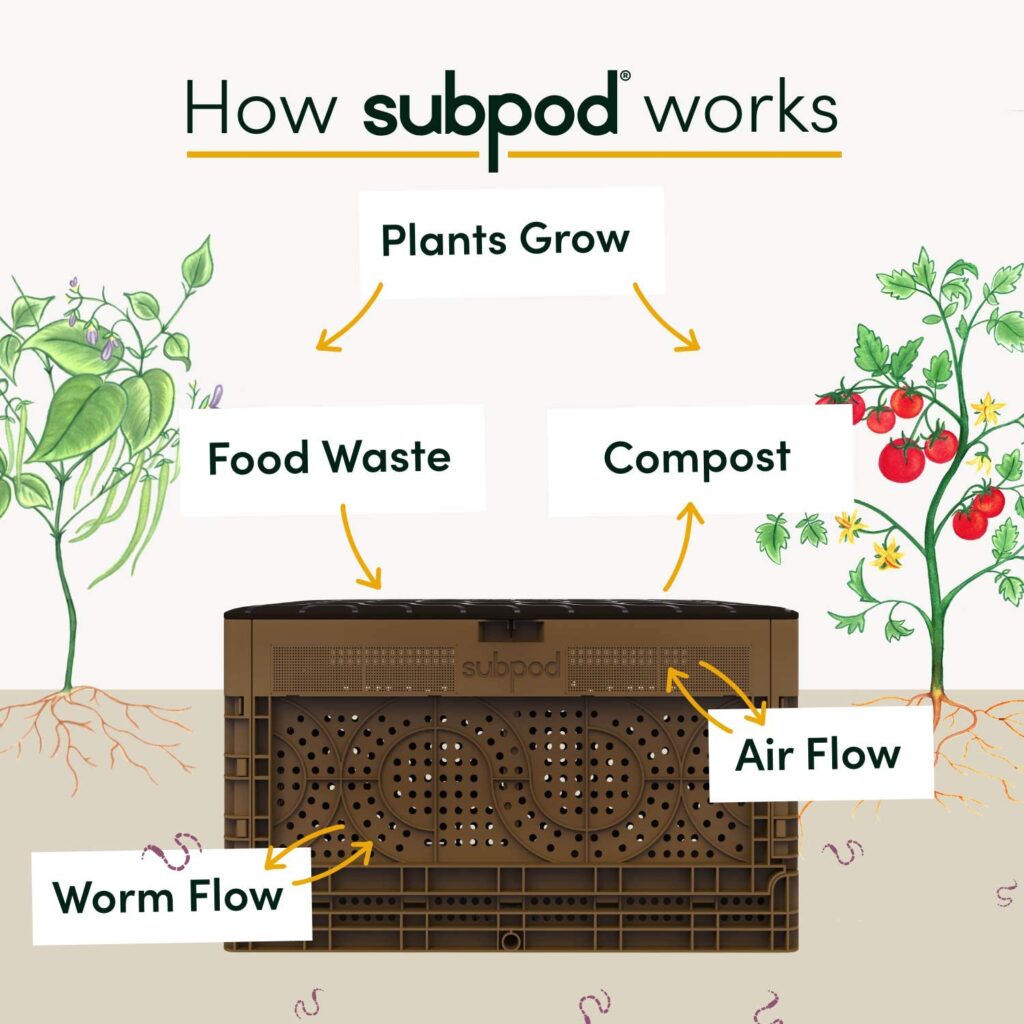
If you’re not concerned about collecting your castings then a worm tower is another option. In essence, it is just a container, with holes buried into the ground. Once you place the food in the container, the worms will come in, eat what they need and go out into the garden.
Generally, the smaller your container, the less likely the worms will stay in there. Therefore, you will end up collecting more castings out of a subpod, than you would if you made a worm tower out of a PVC pipe.
When feeding your worms be sure not to give them overly spicy food. No cooked food and don’t add any meat to your worm farm. Meat attracts things like rats so keep them out of your worm bin.
Composting Indoors with Worms
Worm composting is great because you can even compost in your apartment. Most indoor worm farms come with a series of trays so the worms can come up from the bottom and consume the food in the tray. Once all the food have been converted into castings you can begin feeding the tray above.
Most indoor worm farms don’t pick up much space. Once you are managing your bin correctly, your indoor farm should never smell. If your worms are trying to escape, it means something went wrong.
Bokashi Composting
Bokashi composting has the benefit of being able to compost indoors, with the flexibility of being able to add (almost) whatever you want. Most Bokashi bins will fit neatly under your kitchen sink. You can add meat, cooked food, dairy products along with your fruit and vegetable waste. The only thing you shouldn’t add to your bokashi bin is very oily food and liquids.

Bokashi composting utilizes a special group of anaerobic microbes to ferment organic waste. When that fermented waste is eventually buried, it disappears in about 10 to 14 days.
The drawback of using this method is the final step we mentioned earlier. In most cases, you would bury the fermented food waste. To do this you would need some yard space or have access to some space you could bury your waste. You also can feed your bokashi waste to your worm.
Final Thoughts
Composting your organic waste is one of the best things we can all do to help the environment. If we think about it, the petroleum industry doesn’t just create energy, it also creates chemical fertilizers that grow our food. By composting our food waste at home we avoid the carbon emissions from transporting our food waste. We also avoid the emissions at the landfill itself. Composting, in a way, is like a silent protest to get the carbon out of the air and put it back where it belongs, in the ground.
About the Author
Nikita Legal is from Trinidad and Tobago and loves sharing her passion for growing with others through her online community AhGrow


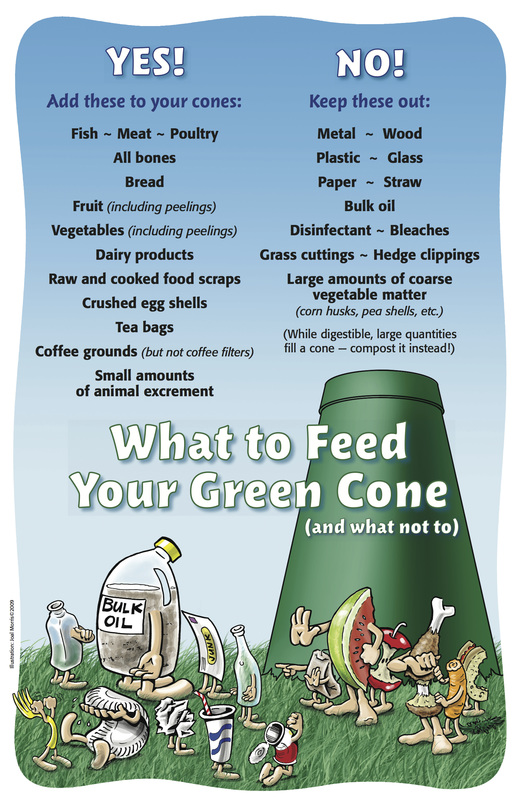
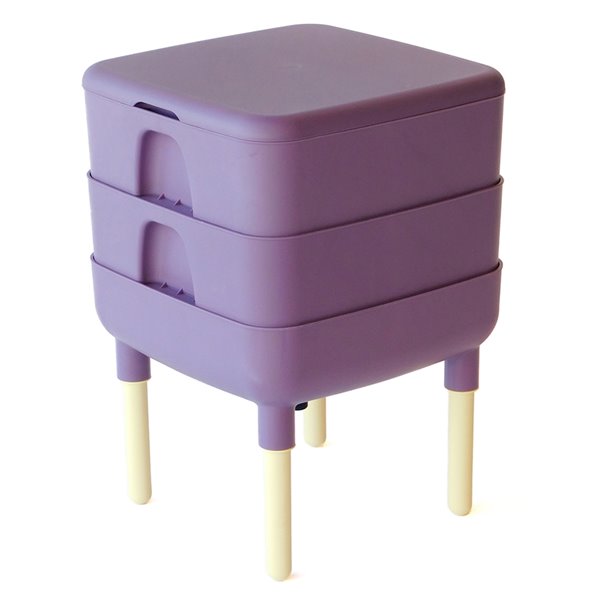






11 Responses
Wow, great post! Very informative and easy to understand. We need more people like you that’s for sure. I find that there’s such a lack of information and ignorance these days! Thank you very much for putting this together!
I actually did not know we’re not supposed to put wood and paper in there!
This is great, I always get confused as to what can and can’t go in the compost. I guess it’s just practice and learning over time.
Wooow this is really good to know 🙂
This is a good guide!! Thanks for sharing!!!
Extremely informative. I don’t have a garden so it was good to know we can be eco-friendly even without it!
My first time hearing about indoor composting was in college. She mentioned something about purchasing red worms 🪱 to decomposed scraps of food and peels. Unfortunately, i live in NYC and its challenging to compost. I started my indoor garden years ago. I cut pieced of vegetables peels and cracked up pieces of egg shells to my soils to add some nutrients. Wish I had a back yard.Thanks for sharing these great practical tips for composting😊 .
First of all I too am from T+T!! I live in the US now. This was such a fantastic, informative article! Great job. I felt like I was back in science class!
I like your post!
Thank you for sharing these tips!
These are great tips. I enjoyed reading this, thank you for sharing.